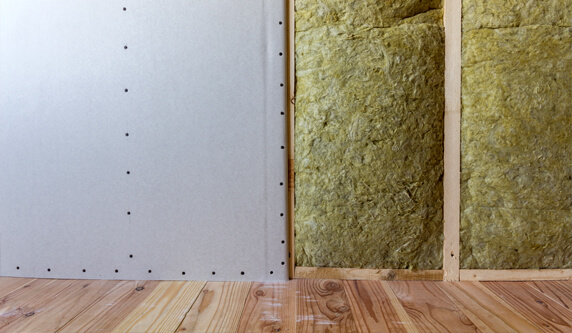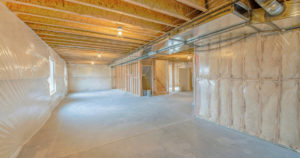Everyone is feeling the chill by this point in the winter in Massachusetts. However, homeowners with inadequate levels of insulation are definitely feeling it more. Maybe you do not have enough insulation in the attic and walls of your home or the insulation you have is too thin for the climate. Both problems contribute to not feeling warm enough in your home during the winter or cool enough in the summer.
The Importance of Insulation R-Values
The United States Department of Energy (DOE) has assigned an R-value to each level of insulation based on how well the insulation can resist heat trying to pass through it. The agency also established guidelines for R-values that people should look for in their insulation based on the region of the country where they live. Massachusetts resides in Zone 6. The higher the zone number, the more insulation and the higher R-value homeowners need to remain comfortable and protected from external weather elements.
Minimum Insulation R-Values in Massachusetts
The DOE recommends that all homeowners in Zones 6, 7, and 8 install insulation based on the following R-values:
- Floor: R-value from 25 to 30
- When adding to three to four inches of previously installed attic insulation: R-value of 38 to 49
- Uninsulated attic: R49 to R60
Regarding wall insulation, the DOE recommends the following steps when homeowners remove the exterior siding of an uninsulated wood-frame wall:
- Drill several holes in the sheathing of the wall and blow new insulation into its empty cavities prior to installing the new siding.
- Homeowners in Zone 5 to Zone 8 should add wall sheathing with an R-value of five or six.
- If the wood-frame wall already contains insulation, homeowners should add insulative sheathing with an R-value of five before hanging the new siding.
How R-Values Impact Energy Efficiency
Heating and cooling a home in Massachusetts can be expensive. The good news is that you can significantly reduce your energy costs by making sure that your insulation has a high enough R-value.
The type of insulation you buy matters too. Foam board insulation provides the highest R-values, but it also requires a larger initial investment. Paper fiber and fiberglass batting insulation are two additional options that cost less to acquire but have lower R-values.
The best way to decide which type of insulation is right for you is to compare the initial cost to your projected heating and cooling bills over all four seasons. Your utility company should be able to give you a general idea of how much you would save by upgrading the R-value of your insulation.
Other Ways to Reduce Heating and Cooling Costs
The quality of roofing and siding, along with the building envelope your home creates, all contribute to the energy efficiency of your home. We invite you to schedule an appointment with an energy efficiency expert from Valley Home Insulation to evaluate your home’s envelope and make specific recommendations for improvement.
As a Mass Save Contractor, VHI can provide you with a No-Cost Energy Assessment and insulation upgrades with a 75 percent instant rebate. Please contact us today for additional details or to request an appointment.



